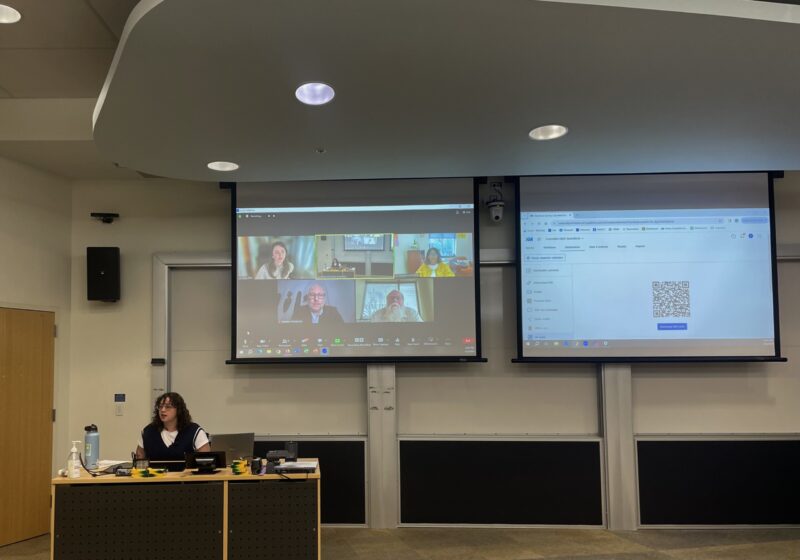When I started drafting this, I wanted to explain some of the nuances and idiosyncrasies of UR Student. I wanted to lay out a map of the site, explain all of its shortcomings, and potentially help anyone attempting to register for classes.
But as I tried to do so, I realized that was not my real problem with UR Student. The issue with this site is not its structure, but that the administration is lauding this site as progress on all fronts. We are being told that this site is a step in the right direction, but administration needs to formally and publicly admit there are critical faults and issues with the implementation of UR Student.
Last week, sophomore Ian Krager, the head of the SA student committee that helped promote awareness of the switch, was quoted extensively in a Campus Times article about UR Student. From that article, I understand we couldn’t update the old system, and therefore needed a new site. Krager said the site was a centralizing force and allowed for flexible, streamlined adaptations and updates as UR evolves. But for whom? Certainly not the professors, staff, or students — I have heard grumblings from many students about the site’s interface and difficulties for months.
Speaking with a variety of students, I received an assortment of negative reviews. Each time you add a course to your schedule, the site takes you back to the very beginning of the process, making you jump through hoops to get back to your schedule and filtered course search. The course titles in UR Student are misleading — it says one thing in the search bar, but when you click on it, there is an entirely different course ( the correct one) displayed. UR Student currently does not offer non-W versions of W courses. Additionally, students have complained about how unnecessary a hurdle setting up and using Duo Mobile is.
These problems are everywhere — you can’t get through a single page without running into an issue.
My biggest issue is seeing all classes ever offered when barely a fraction are actually available. If I have selected a calendar, I expect it to reflect what is actually being offered. Yes, there is a work around to this confusion, but that’s not the point — it’s still confusing to navigate, it’s not user friendly, and most of the classes they show haven’t been offered in years.
To put it succinctly: UR Student sucks.
So, given Krager’s assertion that it was streamlining University systems, I can only assume he meant for whomever works on the back end, or was designing the webpage — not for anyone who is now required to use the site.
Now, giving credit where credit is due, Krager did also assert that we as a campus need to “be patient” as the site rolls out and admitted that it “could be more user-friendly.” What is being missed by both the administration and Krager is that these issues are not “bugs” or quirks to be worked out — they are an indictment of the entire structure. If some people could not log in, that would be a bug. When the whole of the University community sees it as significantly worse than the old system, that is a failure.
I appreciate that the underlying computer systems needed to be updated. The old script was archaic and the professionals required to run the system had retired or moved on, leaving behind a site not equipped to modernize with the campus community. But the wrinkle is that the old interface was brutally logical and this new one simply is not. Even though the old registration webpage screamed 1990s, it still made sense to anyone who logged on.
So why not just recreate that site with a modernized typeface and an updated underlying code? Why not make sure the site is able to handle one feature before trying to integrate other services? Why make it possible to view courses when creating your schedule that aren’t even being offered next semester? Why include every single class ever offered in a department on some pages? Why is there an “N1201” after every “Fall 2020”? What does that mean? Did anyone ask students what they liked or did not like about the old system? These are all rhetorical questions, because now we have no choice in the matter.
This site is just another instance of administrative decisions which involved no real student representation or consultation. Real consultation would have gone beyond an SA committee. The site has found almost no support from those who are required to use it. It struggles to find positive reviews — except from those incentivized to say so.
Despite what the University would like to say, no one who must actually use this site day-to-day is excited by the prospect. So stop telling us this is an improvement and admit what it is: an unmitigated disaster.
Correction (5/3/2020): An earlier version of this article said Krager and his team “assisted with UR Student’s development.” The above wording has been changed to more accurately reflect their role.






